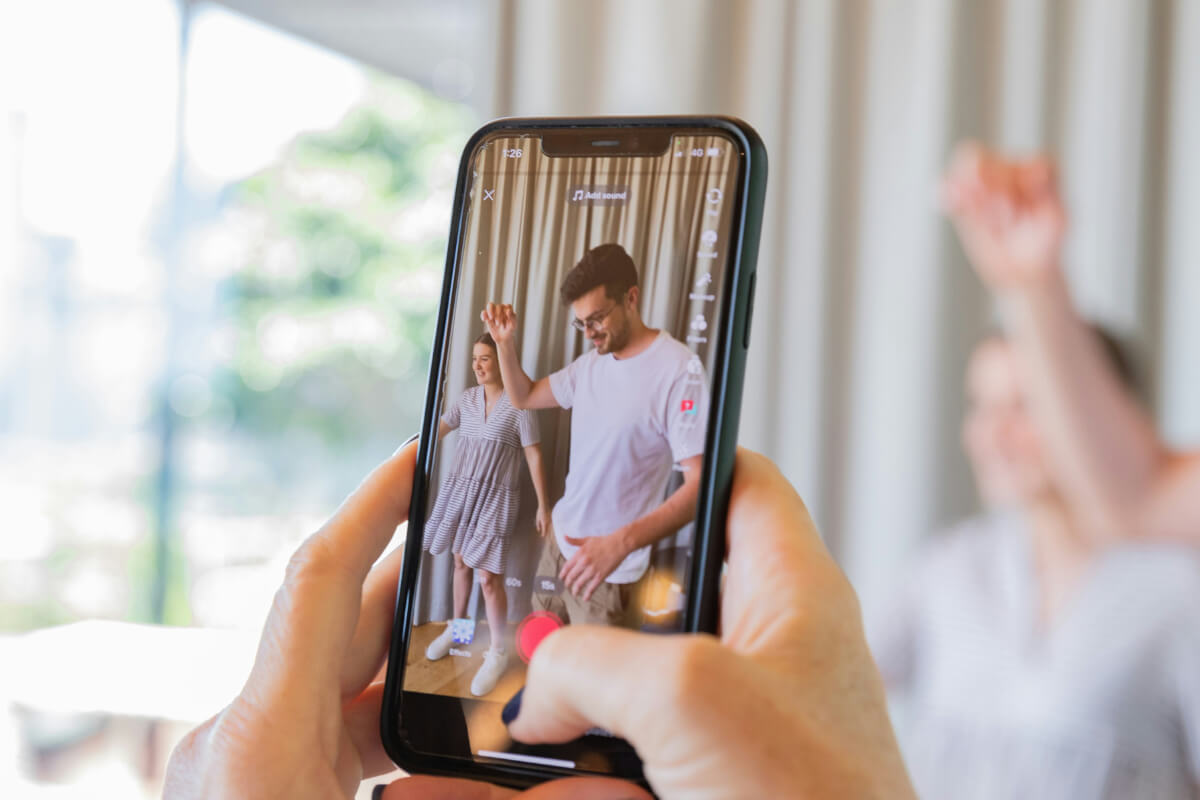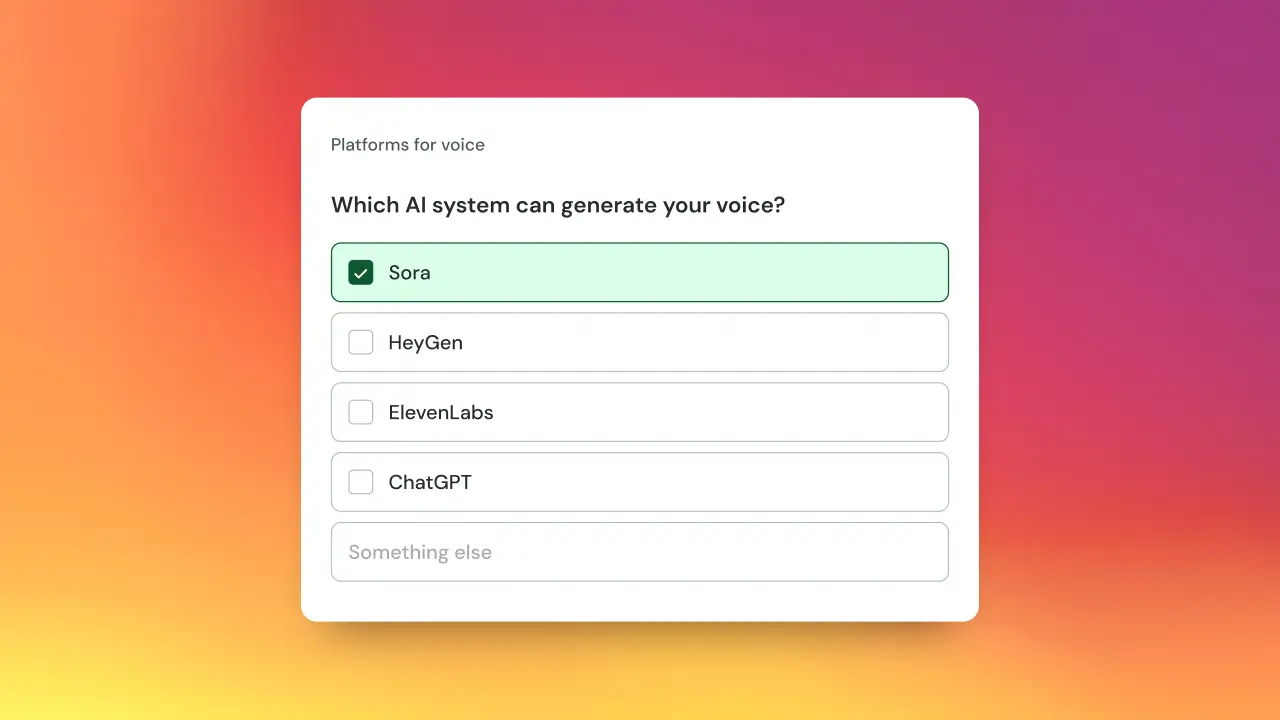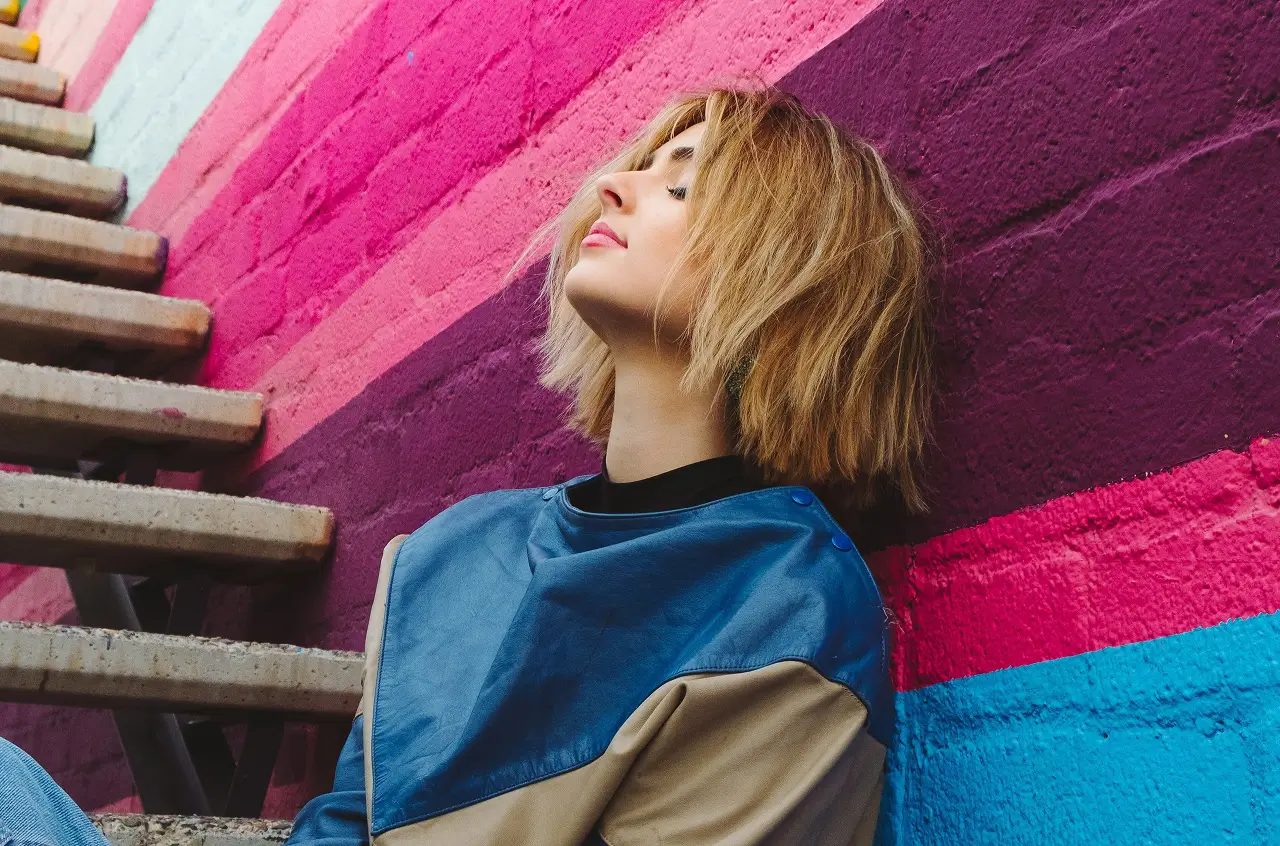Memes are the language of the internet. They spread like wildfire, shaping online culture and making creators go viral overnight. For brands, memes are an easy way to get high engagement and reach wider audiences without having to come up with original ideas.
But here’s the problem: brands often use memes without giving credit, compensation, or even getting permission from the original creators. Memes might seem like “free content,” but they have owners and rights. In a recent viral TikTok “Was it crispy??”, creator Annie Korzen called out Krispy Kreme and Froneri’s Maxibon for using her clip in an ad without permission. The meme had already gone viral, but when it appeared in an advert, it raised an important question: if brands are making money from a meme, shouldn’t the creator benefit too? Beyond the legal risks, ignoring creators can damage trust and even harm a brand’s reputation with the very communities they’re trying to reach.
Fair payment is crucial, but so is control. If a brand wants to use a creator’s meme, they need to secure the right to use it and ensure the creator is properly compensated. Whether it’s a video, a soundbite, or a particular style of content, creators should have a say over how their content is used and be fairly compensated. And with AI making it easier than ever to copy and repurpose content, handling memes responsibly has never been more important. Brands don’t need to avoid memes entirely. They just need to ensure the creator is credited, compensated, and the content is used responsibly.
Memes might spread fast, but their impact lasts much longer. Creators deserve recognition and fair treatment for the work they put into shaping internet culture. At TrueRights, we help make that possible, protecting creators while giving brands the confidence to engage with memes responsibly and ethically.





